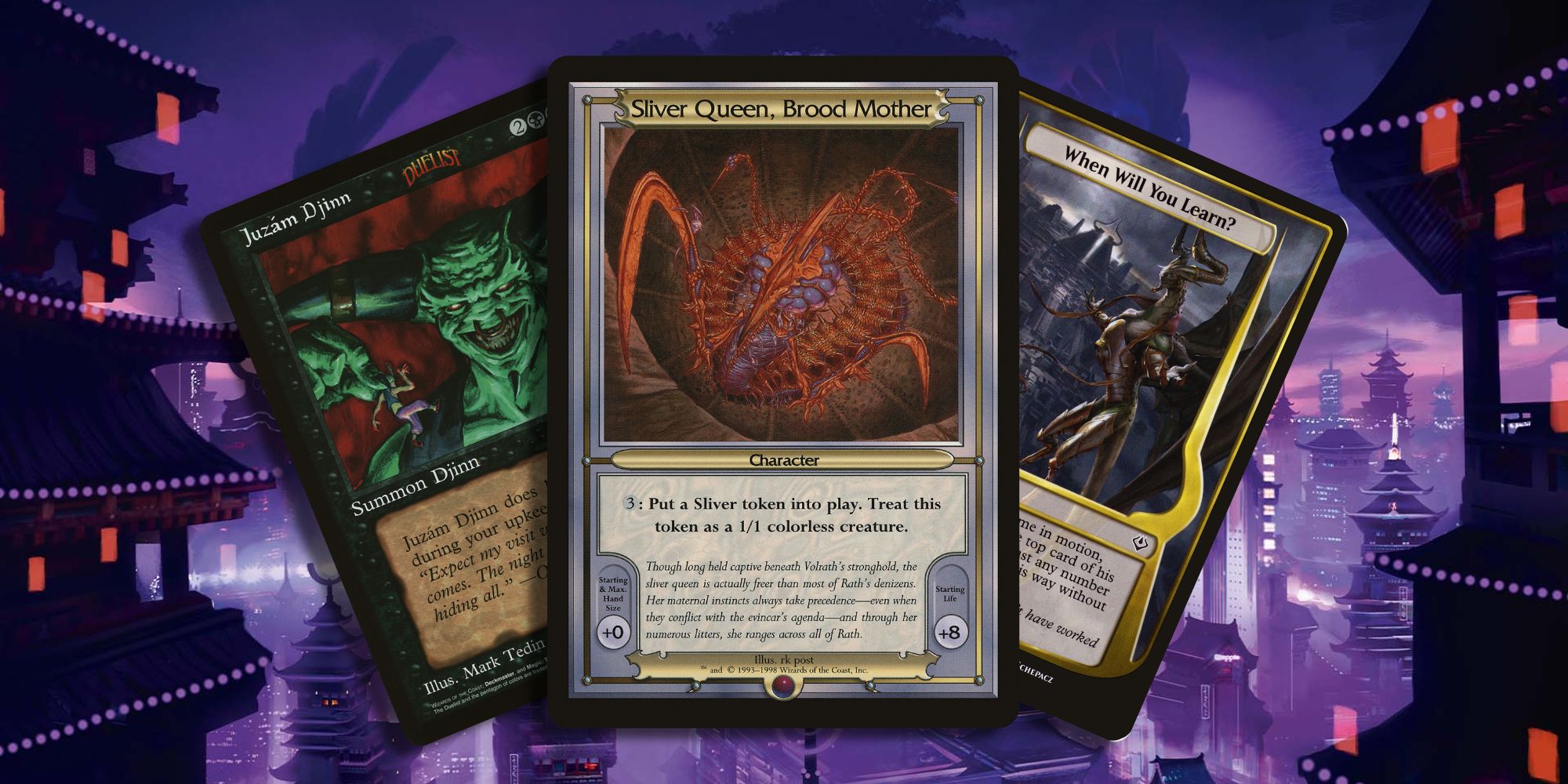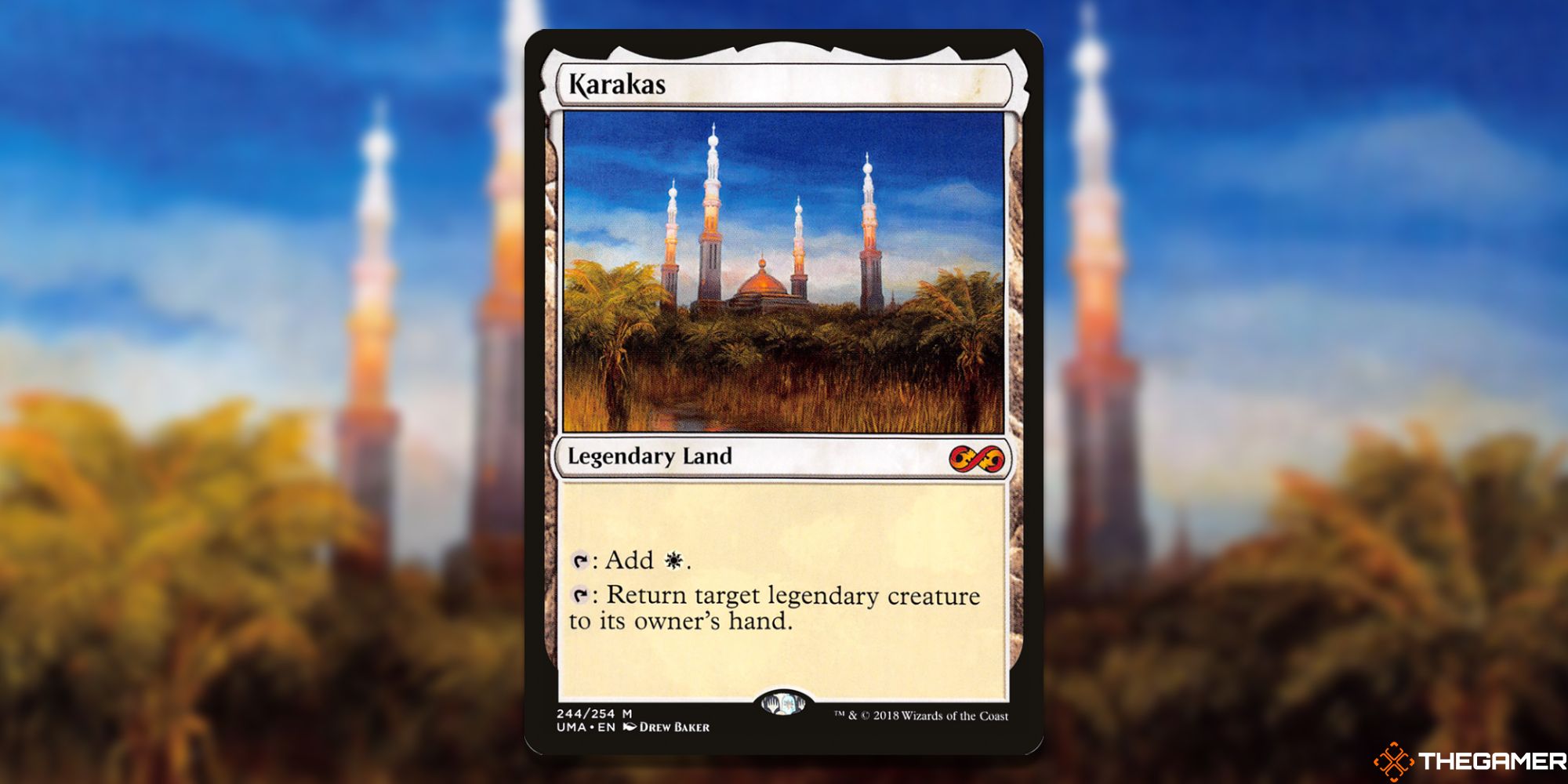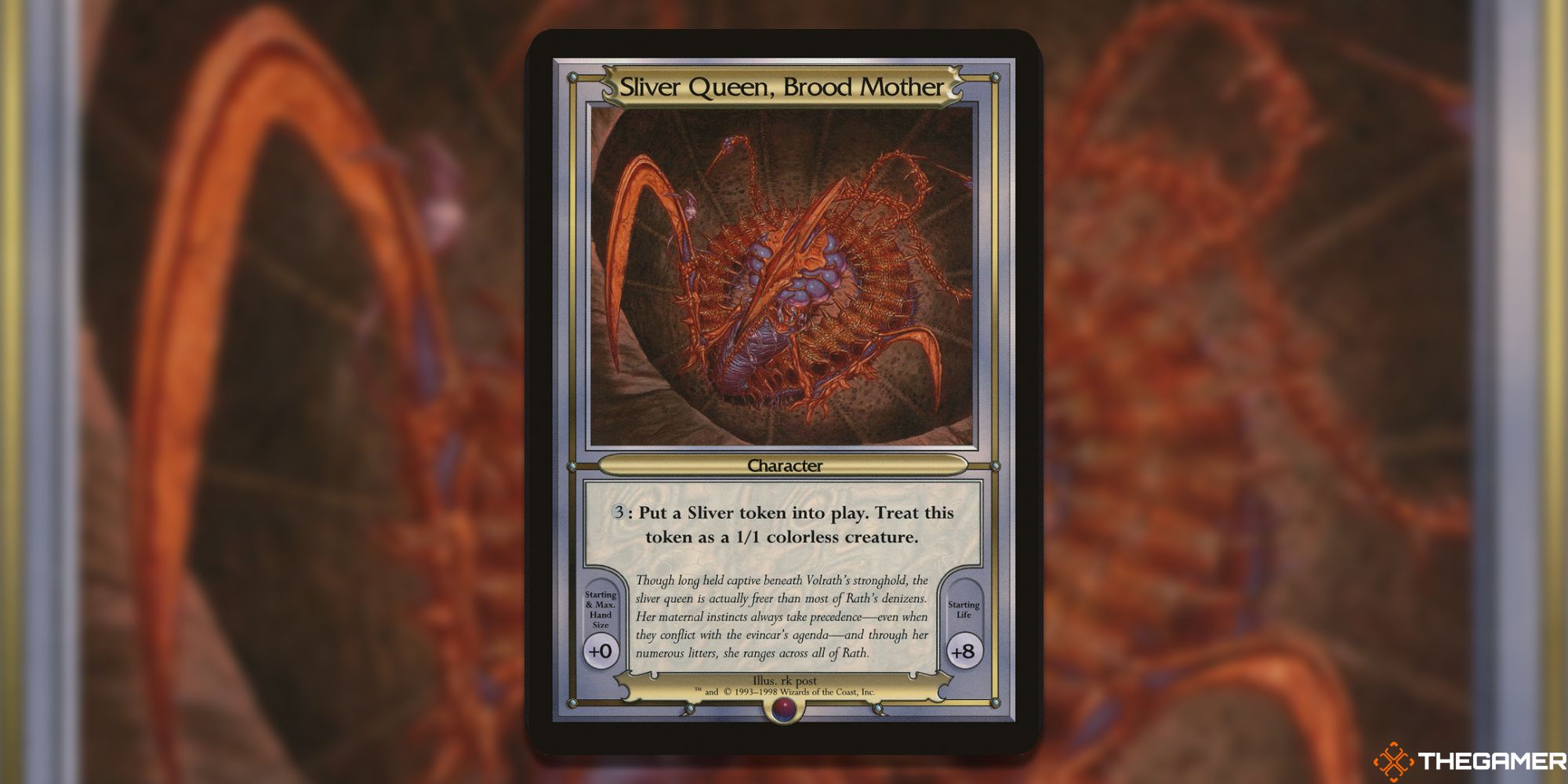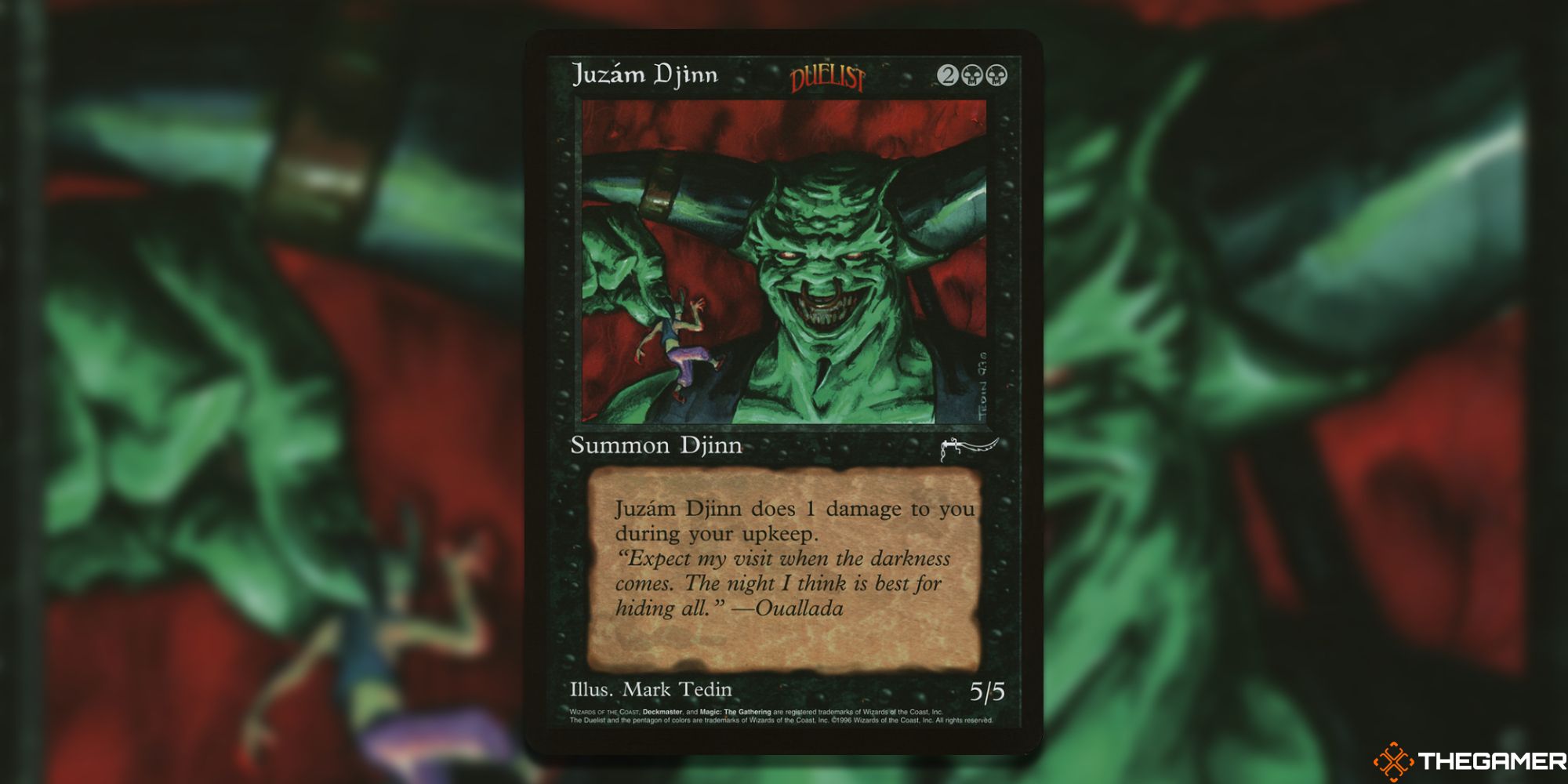Quick Links
If there’s one thing you’d expect to remain the same in Magic: The Gathering it would be the size of the cards. While generally speaking, the size of the cards has remained consistent over the years, there has been some deviation from the norm.
Since there are multiple formats where practically every card from across Magic’s expansive thirty-year history is playable, all the cards must remain the same size to ensure players won’t be able to tell different cards apart in their deck. That hasn’t stopped Wizards of the Coast from releasing several different sizes throughout the years, however, with varying sizes and uses.
Traditional Magic Cards
The most common type of Magic: The Gathering card you’ll find is the standard Magic card size. According to the Magic Comprehensive Rules, a traditional Magic card is 2.5 inches wide (6.3 cm) and 3.5 inches tall (8.8 cm).
Whether you crack a card from a pack, pick it up from a preconstructed deck, or win one from a tournament, the vast majority of official Magic: The Gathering cards follow this sizing guide. There are of course minor variances in size due to printing mistakes, but, generally speaking, all traditional Magic cards will be the same size.
Alpha Cards
For the most part, Alpha cards are exactly the same as all other Magic: The Gathering cards, with one major exception. Cards from Alpha have a different corner radius than any other tournament-legal Traditional Magic card. Cards from this set have a corner radius of 2 mm instead of 1 mm which became the standard for all subsequent sets since.
While Alpha cards are still considered traditional Magic cards, this difference caused problems in Magic’s early tournament days since they could be considered marked cards since they could be identified from the rest of the cards in a deck. Since most players using Alpha cards now will be using sleeves to protect their cards, this isn’t much of a problem anymore, but is still good to keep in mind.
Vanguard
Over the years Magic has released several different iterations of oversized cards. Some are intended to be played in a unique format or to modify traditional games rules while others were rewards for doing well in tournaments or for participating in events. For the most part, oversized cards fit into the 3 inches (7.62 cm) by 5 inches (12.7 cm) frame, much larger than a traditional Magic card. These cards have no risk of being confused with a traditional Magic card given the major size difference.
One of the earliest oversized cards to be printed are Vanguard cards, released back in 1997. These cards function a little like commander cards do in Commander. You pick which Vanguard card you want to use in a match, with each one coming with unique modifications to rules such as increasing or reducing your maximum hand size, or granting you additional life when the game starts.
Other Vanguard cards come with activated abilities or even modify the number of cards you draw each turn. These cards exist outside the game and can’t be interacted with like normal Magic cards, since they are not considered permanents.
Planeschase and Archenemy Cards
The most common types of Oversized cards are Planeschase and Archenemy cards. With slightly different dimensions, these cards are intended to be used in special formats with rules that modify normal games of Magic.
Both Planeschase and Archenemy cards are 3.5 inches (9 cm) by 5 inches (12.5 cm), though the orientation of the two types of cards is different. Planeschase cards are typically played horizontally, with special rules that represent a planeswalker traveling from plane to plane while dueling.
Archenemy cards are typically played vertically and pit several players against one, all-powerful villainous player with a special deck full of powerful effects to take down the heroes.
Other Sized Cards
There have been a few other types of cards that Magic has printed, but they were generally distributed as prizes or as a bonus for purchasing Magic products. One of these types was the Arena League promo cards. These cards were 6 inches (15 cm) by 9 inches (23 cm) and were given out as both a participation bonus and as a placement reward for various tournaments. These cards were awarded for only two years, between 1997 and 1999.
A few promotional cards were distributed to promote Magic and the release of new sets at the time. These cards were 9 inches (23 cm) by 12 inches (32 cm), quite a bit larger than any other oversized card released. While they weren’t playable and did not provide any benefits to players, you could display them as decoration.
Another type of oversized card was the original box-topper cards. Much different from box-toppers that players will find today, these cards were a mix of one card that had never received a reprint up until that point from almost every set. These cards came with an oversized version, at 4 inches (11 cm) by 6 inches (15 cm), and were randomly inserted into every box of Eighth Edition booster boxes.
Several other cards were used as promotional cards at conventions and for other events. This version of box-toppers was repeated to celebrate the release of Ninth Edition but had a smaller selection of cards available to collect.






